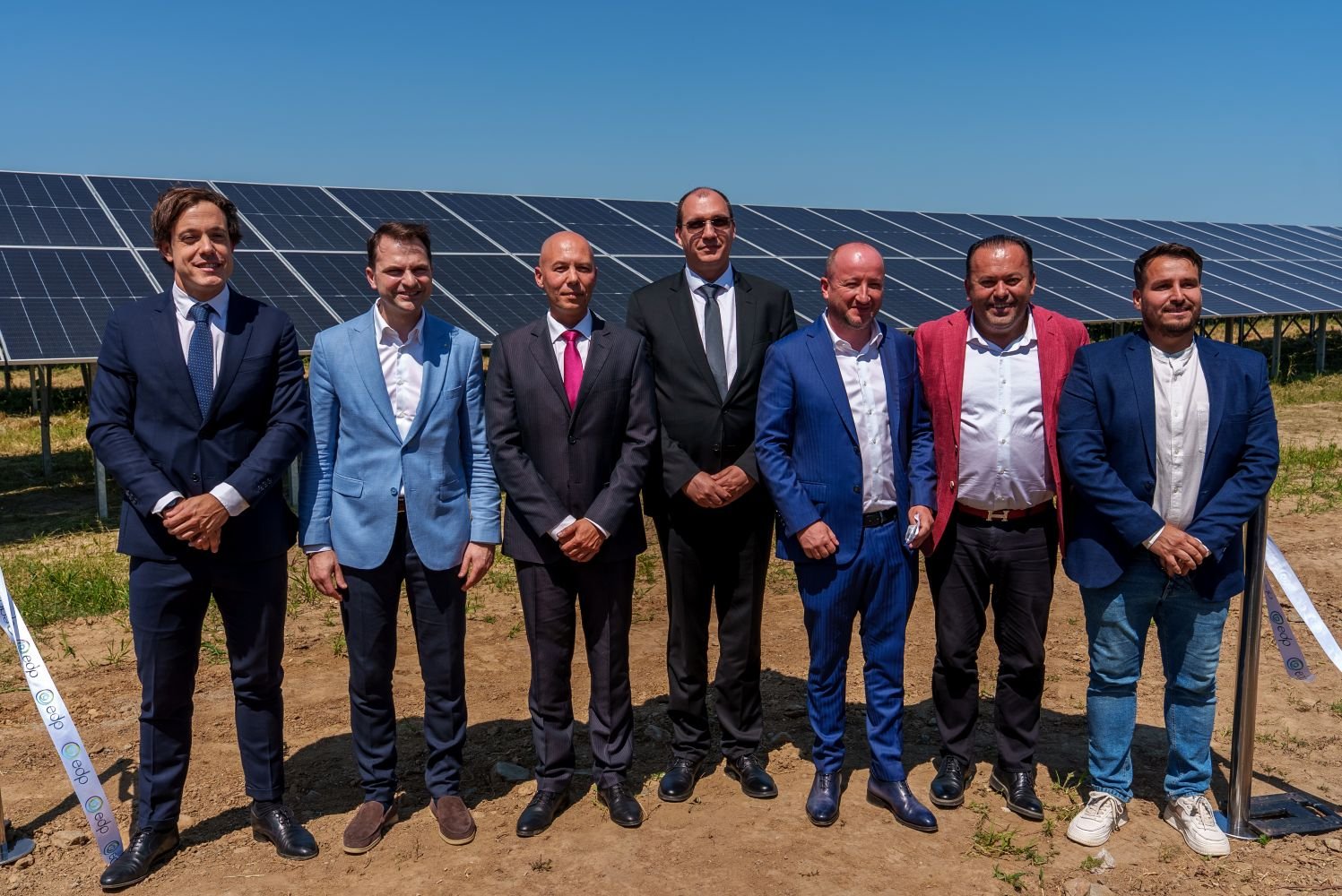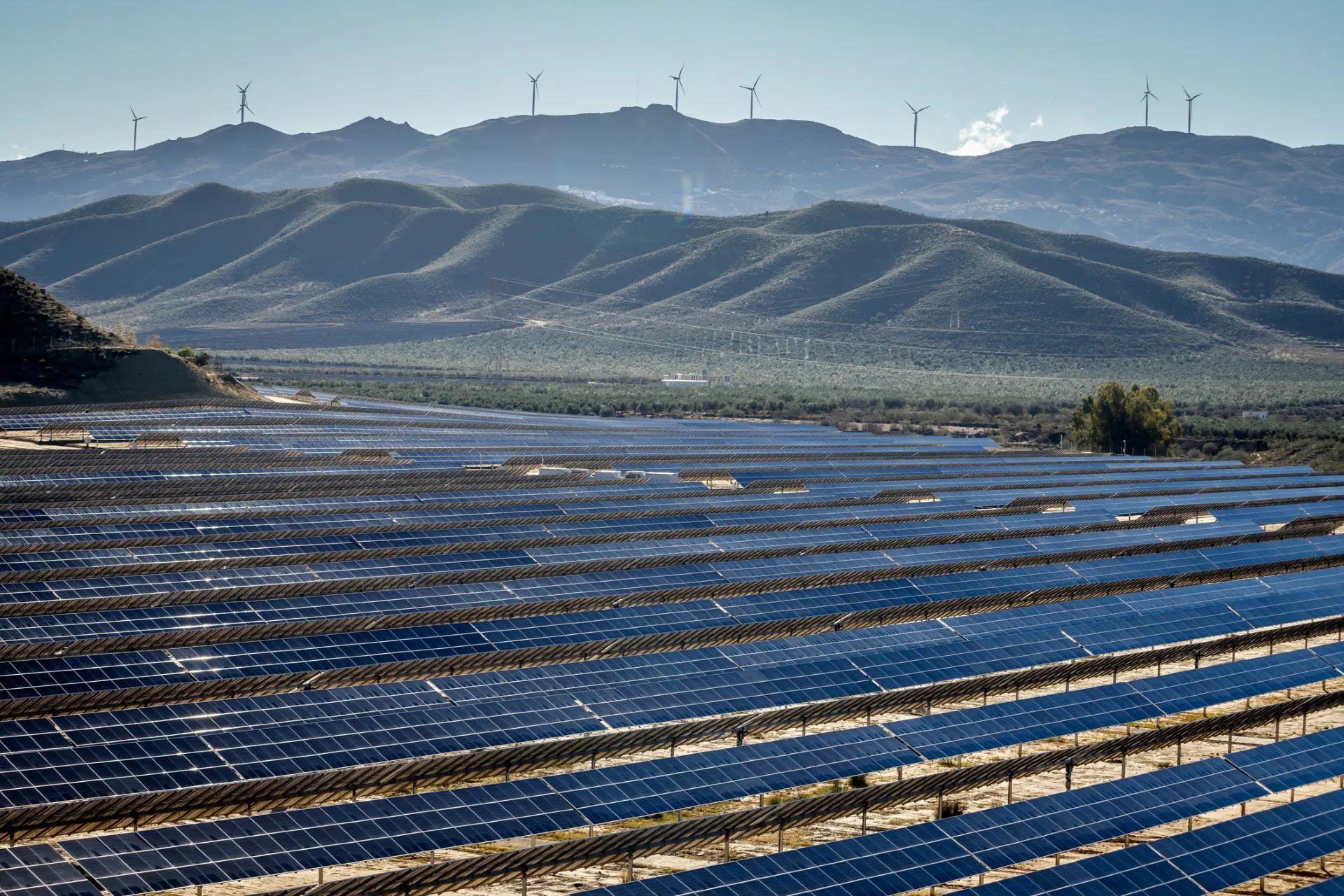In 2024, the European Union reached a major turning point in its energy landscape, with solar energy becoming a larger source of electricity than coal. This milestone marks a pivotal moment in the EU’s transition to renewable energy, reflecting the continent’s ongoing commitment to sustainability and reducing reliance on fossil fuels.
According to data from climate think-tank Ember, solar power contributed 11% of the EU’s electricity supply, surpassing coal, which accounted for 10%. This shift demonstrates the rapid growth of solar energy, with production increasing by 22% compared to the previous year. The EU added 66 gigawatts of solar capacity in 2024, translating to the installation of over 450,000 solar panels daily.
All EU member states reported growth in solar capacity and production, indicating widespread adoption of solar technology across the region. This achievement not only highlights solar energy’s capacity to meet demand but also reinforces the EU’s role as a leader in the global renewable energy transition.
The decline of coal usage is significant for the EU’s climate goals, as reducing greenhouse gas emissions plays an essential part in combating climate change. While fossil gas continues to comprise 16% of the EU’s electricity generation, its usage has decreased for five consecutive years, showcasing a gradual shift toward cleaner energy sources. As solar and wind energy take precedence, the EU is lessening its dependence on traditional fossil fuels, which is vital for ensuring energy security and minimizing environmental impact.
Currently, renewable energy sources make up 47% of the EU’s total electricity production. This increase not only supports climate change mitigation but also reduces the EU’s reliance on imported fuels, enhancing energy security. The rise in solar capacity serves as a blueprint for other regions striving to meet similar sustainability objectives.
The economic implications of this transition are notable as well. In Germany, for instance, negative electricity prices emerged at times of oversupply when renewable generation outpaced demand. This phenomenon underscores the importance of advanced energy storage solutions and smart grid technologies to manage surplus energy effectively. Negative pricing can lead to cost savings for consumers and further incentivize the transition to renewable energy.
As the EU continues to advance its renewable energy agenda, the surpassing of coal by solar power signals a cleaner future for the continent. It raises questions about future innovations and strategies that will shape the energy landscape in the EU and beyond. The shift towards renewable energy is not just about reducing emissions but is also a strategic move to ensure long-term energy security and economic stability.


